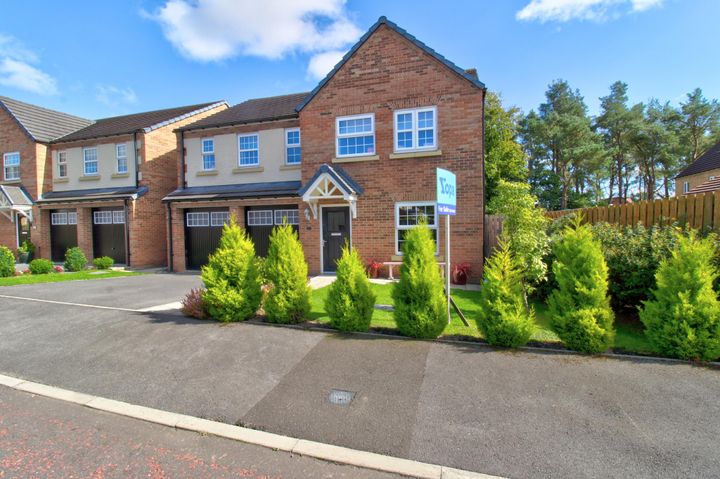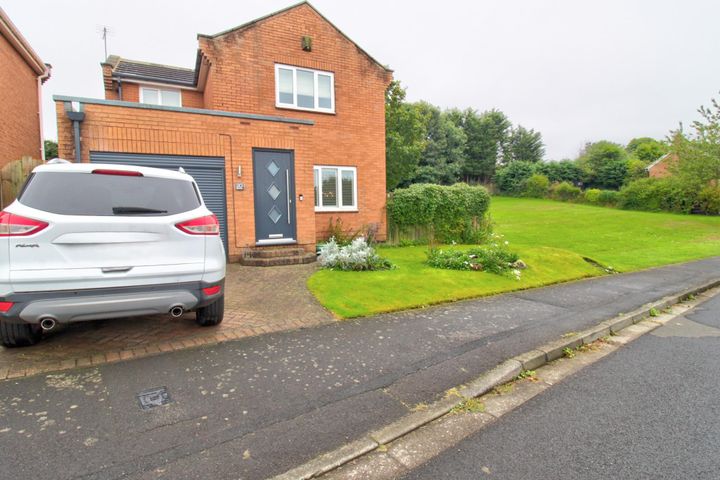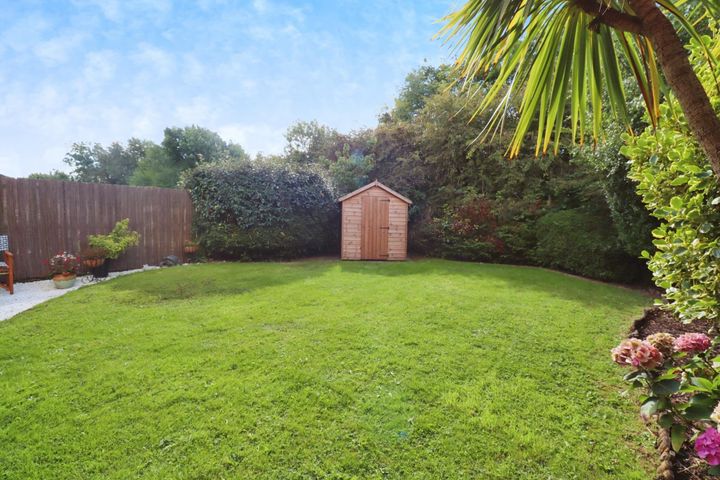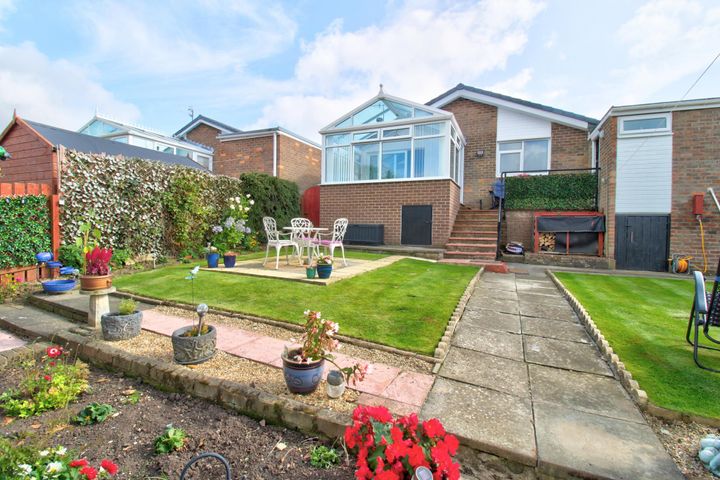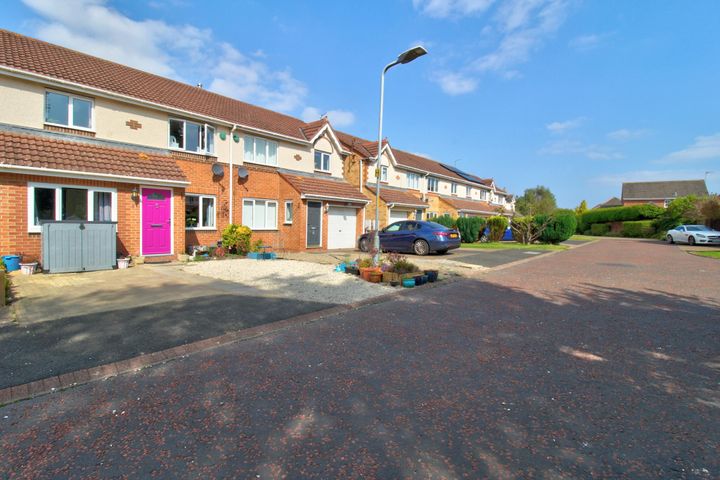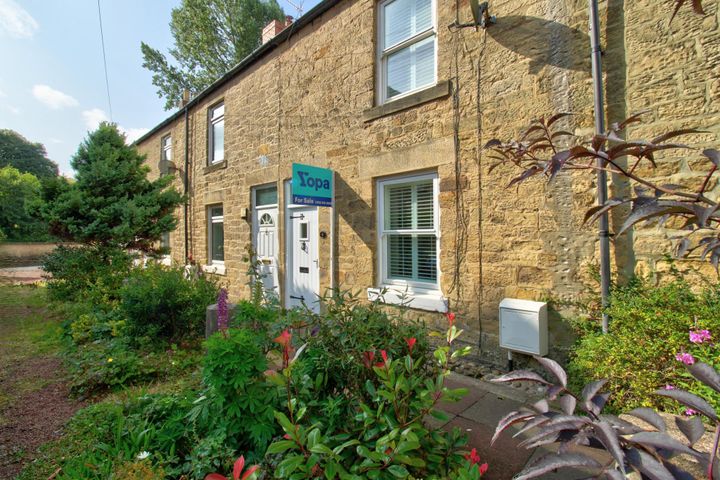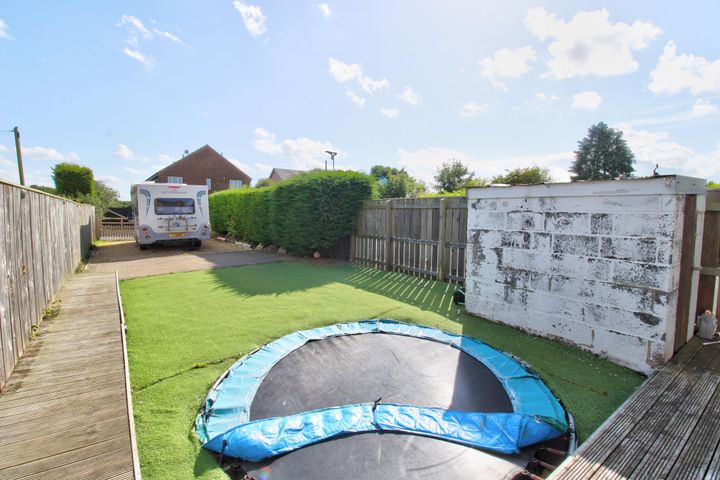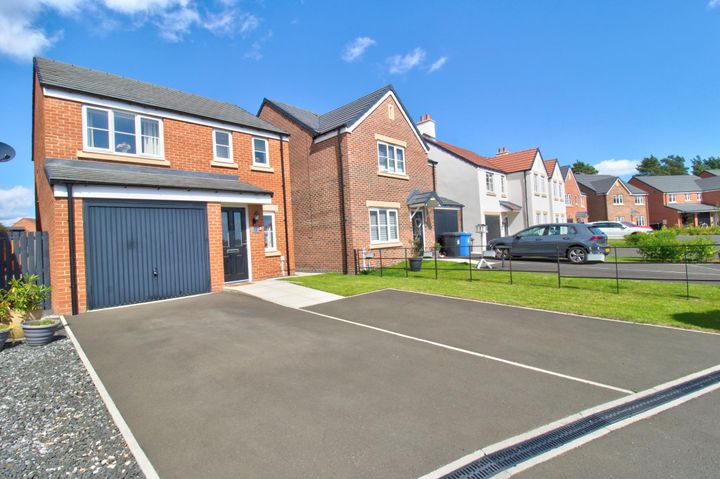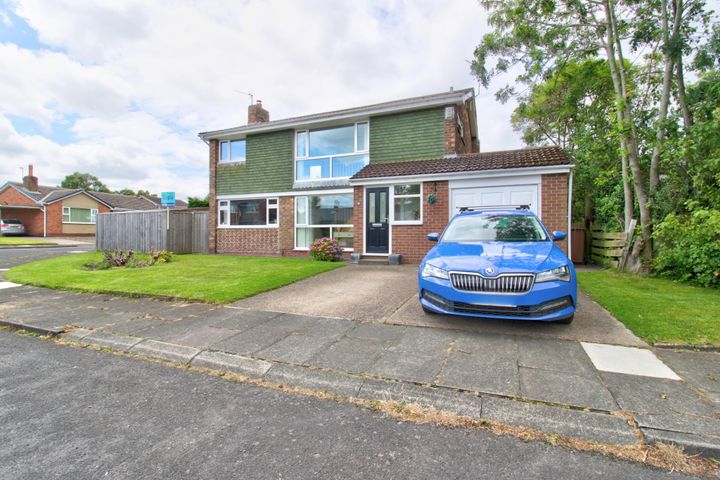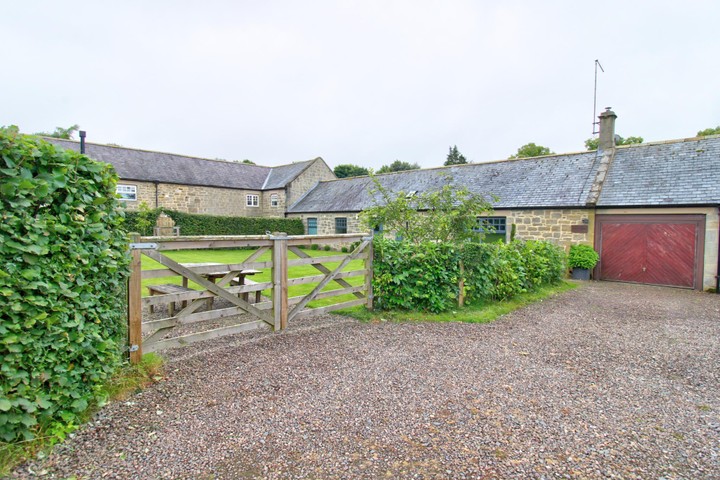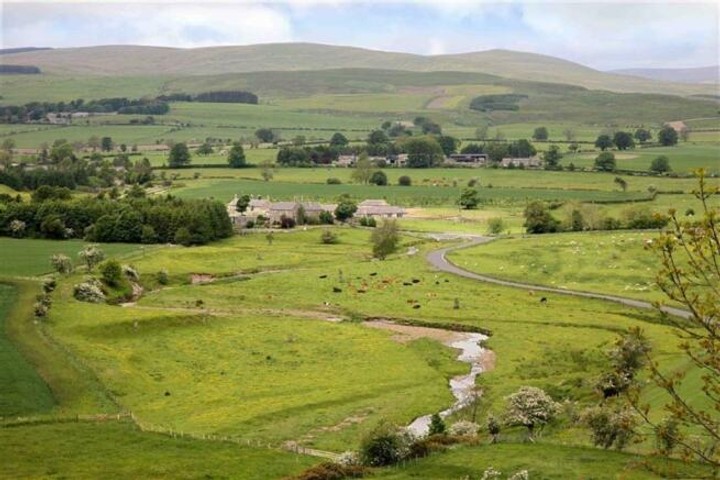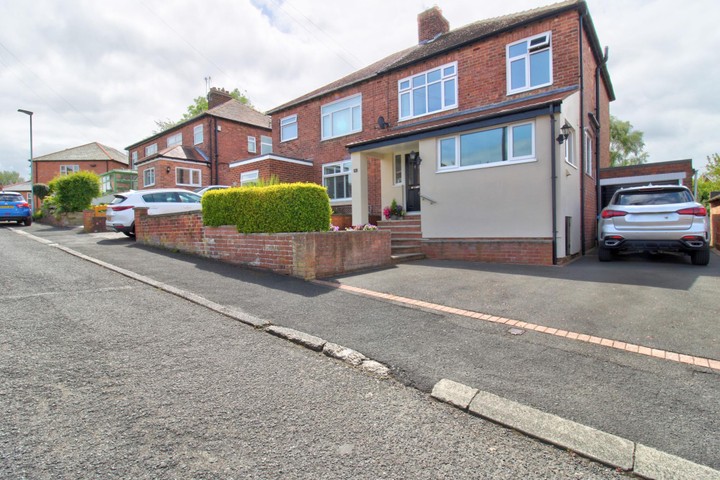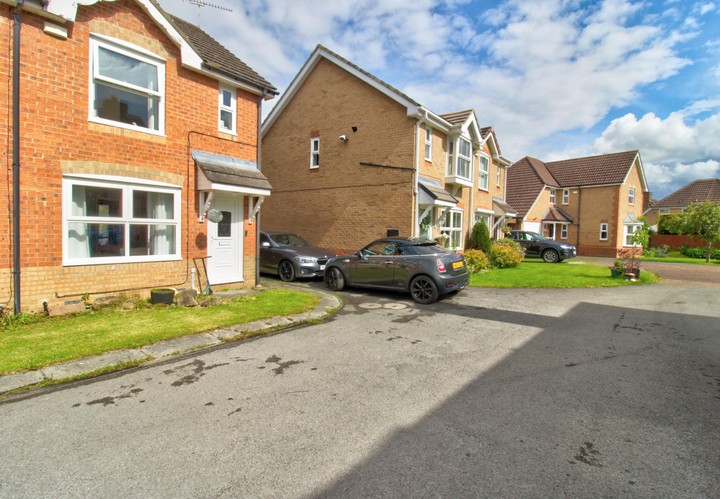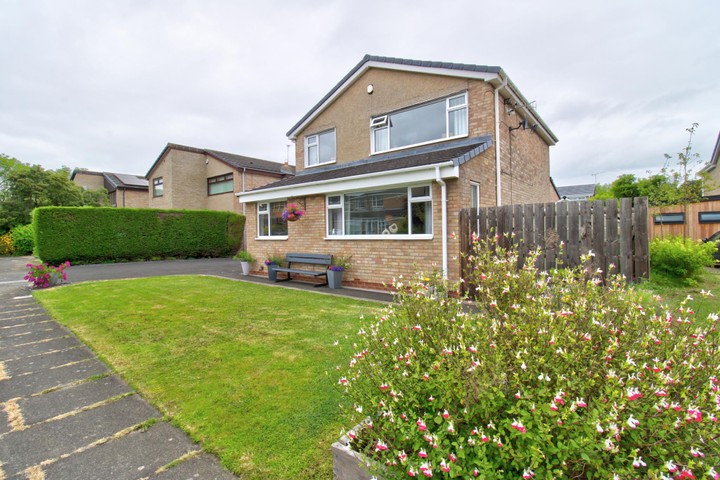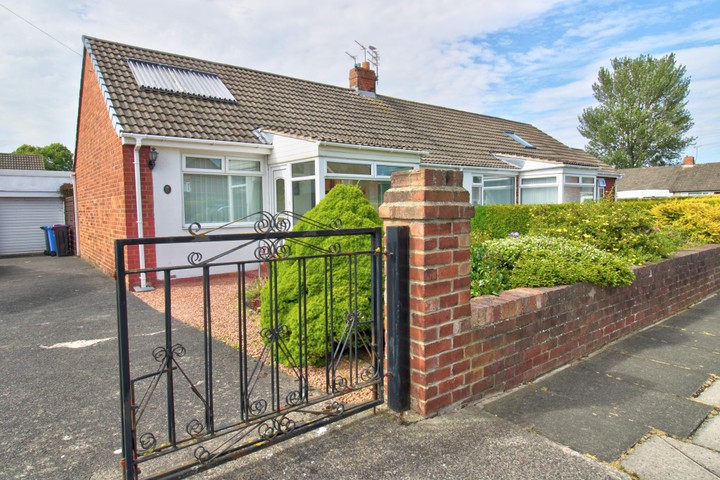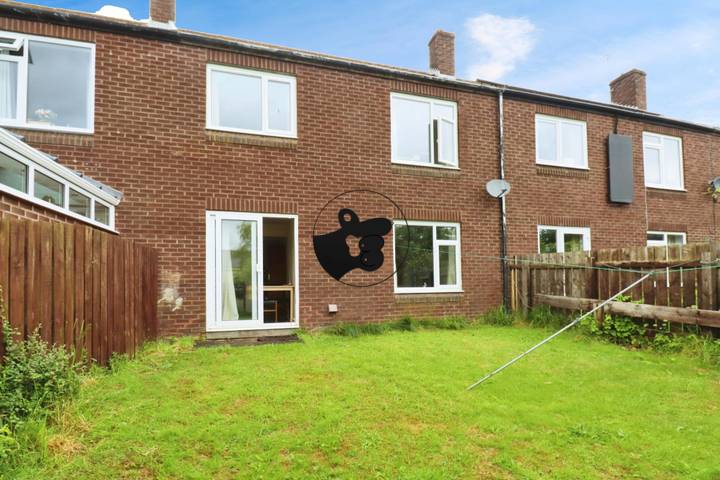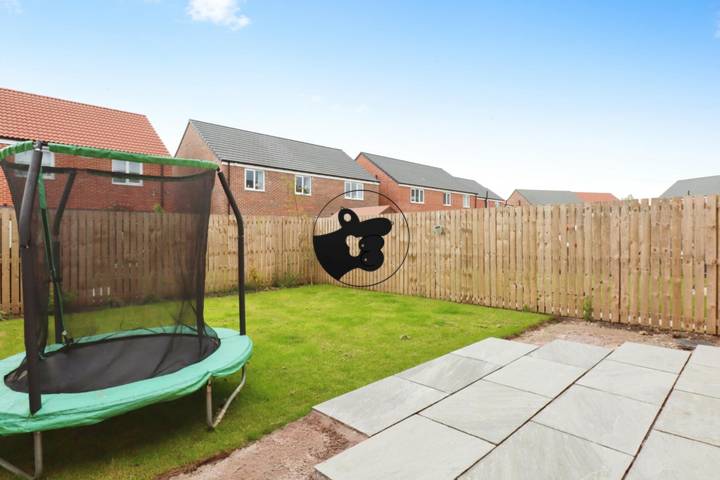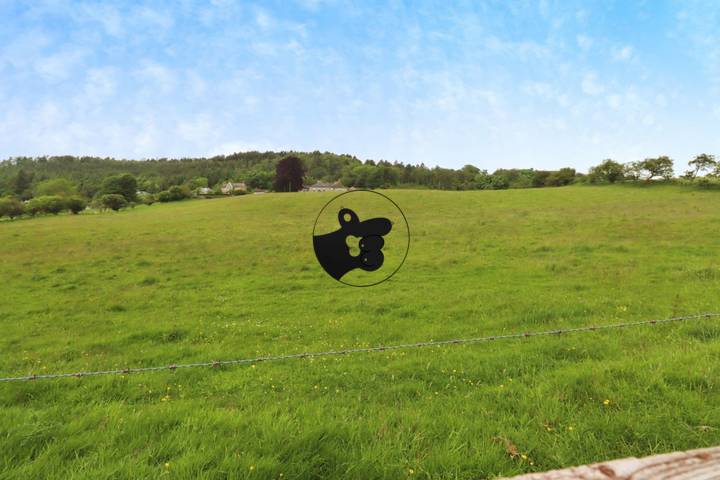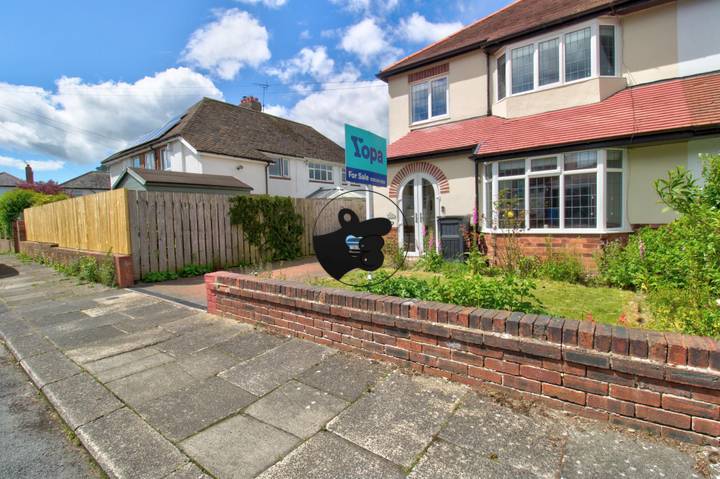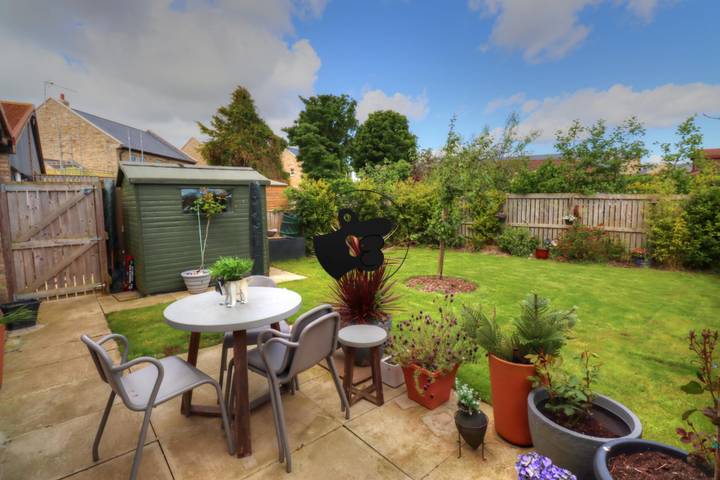As of late 2023, the average home prices in Morpeth, located in Northumberland, generally range from around £200,000 to £300,000, depending on the property type and location within the town. For example, a three-bedroom semi-detached house might typically be listed at approximately £220,000, while larger detached homes can exceed £350,000. Properties in desirable areas, such as those near the historic town center or with views of the Northumberland countryside, often command higher prices. Moreover, smaller apartments or two-bedroom properties might be available for around £150,000, catering to first-time buyers and investors. These prices can fluctuate based on local market conditions and the unique features of each property.
Morpeth
Location
Price Range
Any price
Price Range
Minimum
No min
Maximum
No max
Property type
Show all
Property type
Show all
House
Apartment
Building
Other
Bedrooms
Any beds
Bedrooms
Minimum
No min
Maximum
No max
Surface Range
Any surface
Surface Range
Minimum
No min
Maximum
No max
Sale type
For sale
Sale type
Show all
To rent
For sale
Location
Apartments and houses for sale in Morpeth
29 results
Recent
Morpeth insights
| Aspect | Summary |
|---|---|
| Population | 14,288 |
| Average Property Price | £300,000 |
| Rental Yield | 5.5% |
| Average Rent | £1,500/month |
| Occupancy Rate | 90% |
| Capital Growth Rate | 4% per year |
| Property Tax | 1.2% of property value |
| Transaction Costs | 3% of property value |
| Expected ROI | 8.7% |
| Economic Growth Impact | Positive, driven by local amenities and transport links |
Morpeth FAQ
What are the average home prices in Morpeth?
How have real estate prices in Morpeth changed over the last year?
Over the past year, real estate prices in Morpeth have experienced notable fluctuations, driven by factors such as demand, interest rates, and local economic conditions. In early 2023, the average property price hit around £280,000, reflecting a steady increase compared to the previous year, where values hovered around £260,000. Throughout the summer months, the market saw a slight dip, influenced by rising interest rates and economic uncertainty, leading to some buyers adopting a cautious approach. For example, properties on the desirable Carlisle Park Road that were previously listed at £350,000 now see asking prices adjusted to around £330,000. Conversely, a surge in remote working has resulted in increased interest in family homes with gardens, pushing prices for such properties up by approximately 8%. Inventory levels also declined, with fewer listings on the market compared to 2022, adding further pressure on available properties and enhancing competitive offers, particularly in sought-after areas like Stobhill.
What factors influence real estate prices in Morpeth?
Real estate prices in Morpeth are influenced by several key factors. One major component is the local economy and employment opportunities, with areas that have stable jobs typically seeing higher property values. For instance, proximity to key employers or industrial parks can drive demand for housing. Additionally, the quality of local schools heavily impacts real estate prices, as families are often willing to pay more for homes within good school catchments like Morpeth’s own St. Robert’s Roman Catholic Aided School. Transportation links, such as the A1 and the Morpeth railway station, also play a crucial role; properties near these transport routes tend to be more desirable due to easier commutes to cities like Newcastle. Furthermore, the character and amenities of the town, including parks, local shops, and community facilities, contribute to the overall appeal of residing in Morpeth, thereby affecting price levels. Lastly, market trends and seasonal fluctuations can cause temporary spikes or drops in property values, reflecting wider economic conditions or shifts in buyer preferences.
Are property prices in Morpeth higher than in nearby towns?
Property prices in Morpeth tend to be higher than in several nearby towns, reflecting its desirability and amenities. For instance, the average house price in Morpeth is often reported to be around £300,000, compared to approximately £250,000 in towns like Ashington and Amble. This difference can be attributed to Morpeth's well-regarded schools, picturesque parks, and a vibrant town center with various shops and restaurants. Additionally, its proximity to Newcastle upon Tyne enhances its appeal, as many residents commute to the city for work. In comparison, towns like Bedlington and Blyth typically showcase lower property values, influenced by various socio-economic factors and available housing stock. The variations in prices are indicative of the local market dynamics and the specific characteristics of each area.
What types of properties are most common in Morpeth?
Morpeth, a historic market town in Northumberland, features a diverse range of property types, reflecting its rich architectural heritage and modern developments. One of the most common property types is the traditional terraced house, often constructed from local stone and dating back to the Victorian era. These homes typically offer two to four bedrooms and are popular among families. Detached and semi-detached houses are also prevalent, providing more space and private gardens, and often appealing to those looking for a suburban lifestyle. In addition to these residential options, Morpeth boasts a selection of modern housing developments that incorporate contemporary design and energy-efficient features, catering to first-time buyers and young professionals. The town center showcases Georgian and Regency-style buildings, some of which have been converted into apartments, offering a blend of historical charm and modern living. Overall, the variety of properties in Morpeth reflects both its historic roots and the needs of a growing population.
How does the local economy affect real estate prices in Morpeth?
The local economy in Morpeth significantly influences real estate prices through various factors such as employment opportunities, income levels, and overall economic growth. With the town's proximity to Newcastle upon Tyne, many residents commute for work, leading to a stable demand for housing. The presence of local businesses such as retail shops, restaurants, and educational institutions contributes to job creation and attracts families looking for a community-oriented environment. For instance, recent developments, including residential projects near the town center, capitalize on the growing population and the increased interest from buyers seeking a balance of suburban living and access to urban amenities. Additionally, initiatives aimed at improving local infrastructure, such as transport links and public services, often lead to appreciation in property values, as these improvements make Morpeth a more desirable place to live. The fluctuations in property prices can also reflect seasonal factors, such as the influx of tourists during certain times of the year, which can temporarily boost demand for rental properties and impact overall market trends.
What are the trends in rental prices in Morpeth?
Rental prices in Morpeth have shown varied trends in recent years, reflecting broader patterns seen across the UK. As of late 2023, average rents for a two-bedroom house in Morpeth are around £800 to £900 per month, while three-bedroom properties can command between £1,000 and £1,200. The town's appeal is largely driven by its picturesque landscapes and proximity to Newcastle, which has drawn new residents looking for more affordable housing compared to urban centers. A notable increase in demand has been observed since the COVID-19 pandemic, with many people seeking larger living spaces or homes with gardens. Additionally, the rental market has seen influences from local amenities, such as the proximity to schools and public transport, which are critical factors for many families. Despite fluctuations in the housing market, Morpeth's rental prices have remained relatively stable, though some properties, especially those recently refurbished or in desirable locations, have seen sharper increases.


